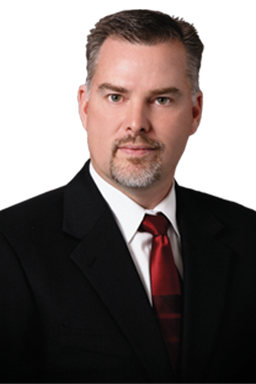President-elect’s message – Mar 2013
This year the American Veterinary Medical Association (AVMA) is celebrating its 150th year, first as the United States Veterinary Medical Association, and then later as the American Veterinary Medical Association. Apparently, the American Veterinary Association was actually organized some 9 years before this. By whatever math one uses, the veterinary profession has existed as an associated profession for many years. According to the US census in 1870, there were 1200 people claiming to be veterinary surgeons. This increased to 8100 by the year 1900. It wasn’t until 1984 that the AVMA membership exceeded 40,000 people. Today, just 28 years later, our membership has more than doubled and stands at something over 84,000 members.
In the 1920s, young people entering veterinary school were ridiculed for their lack of vision in joining a dying profession, as tractors and automobiles were replacing horses as the primary mode of transportation and horsepower for agriculture. What would those same people say now, at this juncture in our profession? Today, do we lean toward the ridiculer’s definition of vision or that of the ridiculed?
I suppose that we all must define “vision” within the context of our own mental framework and personal timelines. Certainly, some of us are more shortsighted than long. I am certainly glad that there were those who could see through the challenge of the time and see a bright future where others saw none. By any metric, our profession has grown rapidly, broadening its base and increasing its many areas of influence.
As swine veterinarians and as members of the American Association of Swine Veterinarians (AASV), we serve an industry undergoing rapid change in a world with dramatically evolving demographics. People are farther from their food today than they have ever been. This creates a hole in knowledge and understanding that in turn creates a superb opportunity for those with an anti-meat or an anti-modern-agriculture agenda. Highly organized initiatives with very large budgets have made much progress advancing those agendas.
Within the AVMA, we also are not immune to demographic shift. Here again, the vast majority of the membership is removed from food and fiber production and has little understanding of the needs in play. The AVMA members number more than 84,000, while fewer than 1000 of these are also AASV members. It is my personal notion that this has also created fertile fields of opportunity for a message and an agenda that may not serve our clients or our patients very well.
Throughout the history of the veterinary profession, we have been doers. We have been practitioners, researchers, scientists, and teachers. At times we have also been advocates. It is possible that that is where the need and opportunity of our time lies. In the last issue of this journal, Dr Jim Lowe advocated that when we think about who we really work for we should keep the notion of “working for the pig” foremost. I don’t think Dr Lowe is far off the mark. To some degree, it must be we who fill the hole in knowledge and understanding. That knowledge and understanding must form the basis for our advocacy initiatives.
The AASV, due to demographics, has a small but important voice in the policy that is the product of AVMA initiative. It is that voice, for me personally, that provides for the majority of the value in my AVMA membership. The AVMA has recently undergone a large initiative relative to organizational governance, essentially exploring how it should run itself. Under some new proposed policy for AVMA governance, it is certainly possible that this voice will become smaller yet. These new rules for governance have not been adopted yet, and likely you will hear more about this proposal in the near future. Within an organization that is as diverse as the AVMA, it is paramount that the individual voices of its constituent groups not be lost.
The profession of veterinary medicine has witnessed astounding change in its more than 150 years. And yet it has found a way to grow and thrive. Why? Could the answer lie in the veterinary bent for identifying and solving problems or in the basic mindset of a veterinarian in regard to serving the needs of a client, a patient, an industry, or even a profession? I believe so. We as swine practitioners have seen profound change in our own industry. How do we serve it today? What problems does it face? Is there a continued place for us as veterinarians? Does your vision lead you to be a horse doctor or an auto mechanic? Perhaps there is another option for those with vision, as there was for those people going off to veterinary school in the 1920s.
Matt S. Anderson, DVM
AASV President-elect
